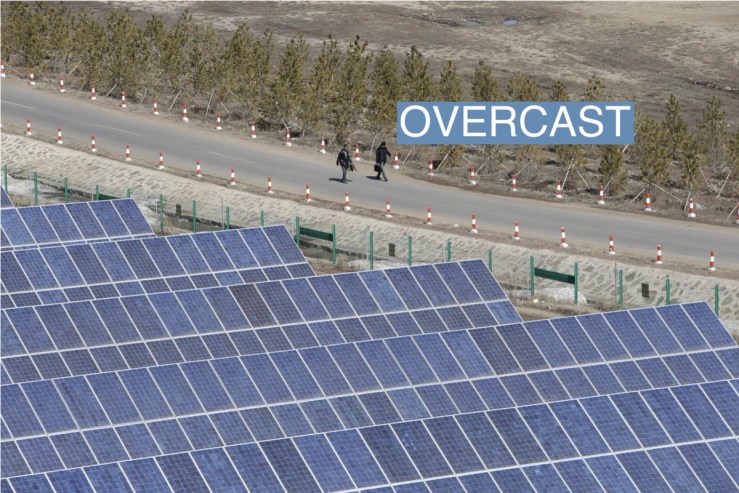The News
Cheap Chinese solar panels have dominated global markets, but the sector is struggling domestically as a price war rages, a leading Chinese industry group warned.
More than a dozen domestic companies are locked in fierce competition, squeezing the Chinese solar sector and threatening its development, the China Photovoltaic Industry Association said Tuesday.
Overcapacity of solar panels has driven down their cost dramatically, leading solar energy giants like Longi to call on Beijing to crack down on unsustainably low prices.
SIGNALS
Rapid solar buildout is more than China’s grid can handle
China has built out solar infrastructure at a breakneck pace in recent years, persuading farmers to install solar panels on their roofs and sell energy back to the grid. But the country now struggles with oversupply, as it lacks the storage or transmission capacity to absorb excess power when the sun is shining. Farmers are turning away from installing solar panels as there is less money to be made, with new solar power infrastructure in March falling 32% year-on-year, according to Reuters. Despite the lower buildout, the excess energy issue remains: Without new storage facilities in the coming years, grids will become “oversaturated” and transmission infrastructure will be overwhelmed, said one researcher at the Trivium China think-tank.
US tariffs could push China to expand domestic infrastructure
Steep new tariffs imposed by the Biden administration on Chinese solar panels this month will limit the ability of China’s firms to sell to the US, forcing them to look to the domestic market to soak up excess capacity. This could lead Beijing to invest more in helping coal-dependent provinces transition to green energy by creating infrastructure such as solar and battery storage projects — something which could actually bring greater benefits in the global fight against climate change, said the Atlantic Council’s Joseph Webster. “It’s possible that short-term trade diversion could actually deliver a higher environmental return on investment, given global carbon emission patterns,” he said.
Spot market pricing could help with capacity issues
China’s electricity prices are currently set by regulators, but some experts believe that a spot market pricing system — where prices fluctuate depending on supply and demand — could help distribute solar energy more efficiently, according to the Associated Press. Without pricing flexibility at a national level, “China can’t incentivize customers to shift some use to non-peak times by lowering prices during those times,” the AP wrote. But locally there is progress: Shandong province last year successfully piloted trough pricing, slashing solar energy prices at times of high supply but low demand, such as during factory workers’ lunch breaks, to encourage people to use electricity when it was abundant.



